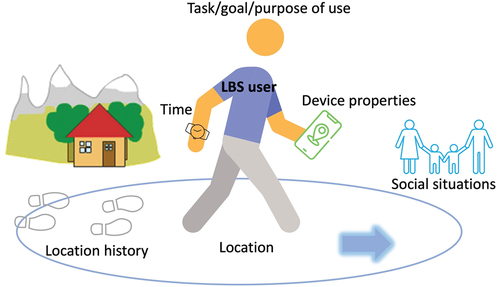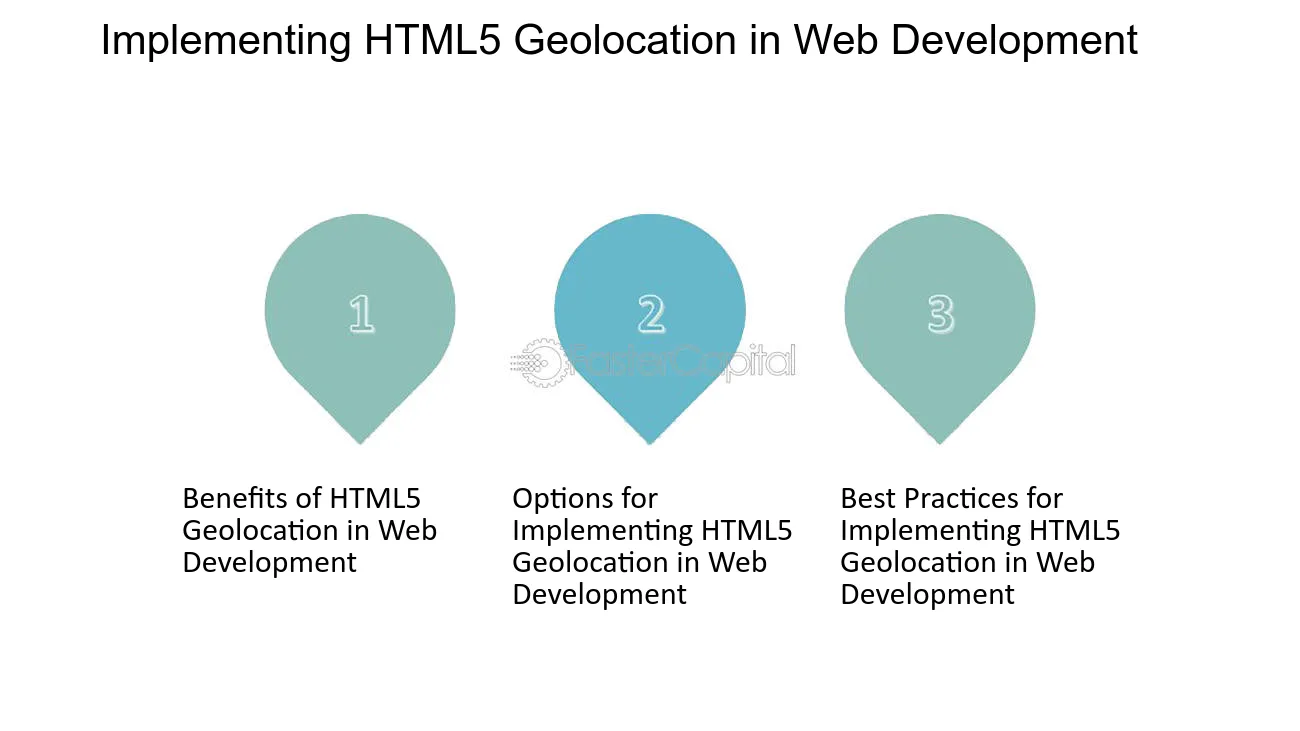
Location-Based Web Services (LBWS) offer great convenience, but they also come with several challenges that need to be addressed to ensure smooth functioning, data security, and user satisfaction. Here are some of the key challenges of LBWS:
1. Privacy and Data Security
- User Privacy: LBWS rely on collecting and processing users’ location data, which can be highly sensitive. Users may be concerned about how their location is being tracked, who has access to their data, and how it will be used. Lack of transparency about these factors can lead to distrust.
- Data Breaches: Since location data is sensitive, it is a prime target for hackers. If a system is breached, attackers could potentially access a large amount of sensitive personal information, including user locations and movement patterns.
- Regulatory Compliance: LBWS must comply with strict data protection regulations such as GDPR in Europe and CCPA in California, which require explicit user consent before collecting location data and ensuring users’ rights to control their data.
2. Battery Consumption
- Continuous GPS Use: Continuous location tracking using GPS can significantly drain a device’s battery. This is particularly true when apps need to monitor the user’s position in real-time, such as in navigation or fitness apps. Balancing battery usage and the frequency of location updates is a key challenge for developers.
- Power-Intensive Sensors: Besides GPS, other location-tracking methods, such as Wi-Fi scanning and Bluetooth beacons, can also contribute to power drain, affecting user experience negatively.
3. Accuracy and Reliability of Location Data
- GPS Limitations: GPS accuracy can be affected by obstacles like buildings, tunnels, and dense urban environments. These obstacles can lead to inaccurate positioning, especially in urban canyons or indoors.
- Environmental Factors: Location accuracy may also be compromised by weather conditions, signal interference, or satellite visibility. For instance, GPS is less effective in bad weather or densely forested areas.
- Dependence on Multiple Technologies: LBWS use a combination of GPS, Wi-Fi, cellular, and Bluetooth for location tracking. The accuracy and availability of these technologies can vary, leading to inconsistent location data.
4. Data Management and Scalability
- Real-Time Data Processing: LBWS generate a vast amount of real-time location data, which must be processed and stored efficiently. Handling, storing, and analyzing this data in real time requires powerful servers and advanced data management solutions, which can be costly.
- Scalability: As the number of users increases, LBWS must scale effectively to handle larger volumes of location data. This can be a challenge in maintaining performance and ensuring timely responses to location-based queries.
5. Connectivity Requirements
- Internet Dependency: Many LBWS require a stable internet connection to provide real-time location services. In areas with poor cellular or Wi-Fi coverage, the quality of service can degrade significantly, leading to delays or a complete inability to provide services.
- Offline Functionality: Supporting offline access is challenging. For instance, navigation apps often allow users to download maps for offline use, but ensuring that users get real-time updates or rerouting is difficult without connectivity.
6. Geofencing Challenges
- False Positives and Negatives: Geofencing involves setting virtual boundaries, and users are alerted when they enter or exit these boundaries. However, errors such as false positives (triggering an alert when no boundary is crossed) or false negatives (not triggering an alert when a boundary is crossed) can occur due to inaccuracies in location data.
- Overlapping Geofences: Managing overlapping geofences effectively is challenging, as users may trigger multiple actions simultaneously, causing confusion and a poor user experience.
7. User Experience Concerns
- Location Permissions: Users are often wary of sharing their location with apps. If an app continuously requests access to a user’s location without providing clear benefits, users may get frustrated and deny access, affecting the functionality of LBWS.
- Intrusive Notifications: Location-based notifications can easily become intrusive if not handled correctly. Sending too many notifications or poorly timed ones can irritate users and cause them to disable location services or uninstall the app.
8. Ethical Concerns
- Tracking Without Consent: The potential misuse of LBWS for unauthorized tracking is a significant ethical concern. Businesses or individuals could misuse location data to track users without their consent, leading to privacy violations.
- Data Profiling: LBWS can be used to build detailed user profiles based on their movement patterns and visited locations. This raises concerns about how this data is used, shared, or sold, especially when it comes to targeted advertising.
9. Development and Implementation Costs
- High Development Costs: Building and maintaining LBWS can be expensive. It requires investments in robust infrastructure, data management, security, and compliance with privacy laws, which may be challenging for small and medium-sized enterprises.
- Maintenance Challenges: The need for constant updates, integration with mapping services, handling data scaling, and ensuring high availability are all challenging and require continuous effort and investment.
10. Legal Restrictions and Compliance
- Data Localization Laws: Some countries have data localization laws requiring location data of their citizens to be stored locally. Complying with these laws can increase the complexity and cost of managing LBWS.
- Varying Regulations: Different countries have different regulations regarding data privacy and protection, making it challenging for companies that operate LBWS across borders to comply with all of the relevant laws.
11. Security Threats
- Spoofing and Hacking: Location spoofing, where users falsify their location data, can affect the integrity of LBWS. Attackers may also try to hack into the service to alter location data or manipulate services.
- Data Transmission Vulnerabilities: As location data is transmitted over networks, it is vulnerable to interception if not adequately encrypted, potentially leading to data leakage or misuse.
Mitigating the Challenges:
To overcome these challenges, businesses and developers should consider the following:
- User Consent and Transparency: Clearly inform users about how their location data will be used, get explicit consent, and allow them to easily control or revoke permissions.
- Optimize for Battery Usage: Develop efficient algorithms that reduce the frequency of location checks and use a mix of GPS, Wi-Fi, and cellular signals to minimize battery consumption.
- Accuracy and Validation: Improve the reliability of location data by using a combination of multiple technologies (e.g., Bluetooth beacons for indoor tracking). Test geofencing boundaries rigorously to minimize errors.
- Data Encryption and Security: Secure location data with encryption during storage and transmission. Use techniques like tokenization to minimize the impact of data breaches.
- Compliance: Stay updated on data privacy regulations, and make sure that LBWS are compliant with relevant laws like GDPR or CCPA.
- User-Centric Design: Ensure location-based notifications and services are personalized, meaningful, and non-intrusive. Respect users’ choices regarding data sharing to build trust.
While location-based web services present a number of challenges, especially regarding privacy, accuracy, and user experience, careful planning and a focus on best practices can help mitigate these challenges and unlock the full potential of LBWS. Properly addressing these issues can lead to more secure, reliable, and valuable location-based services for both users and businesses.







